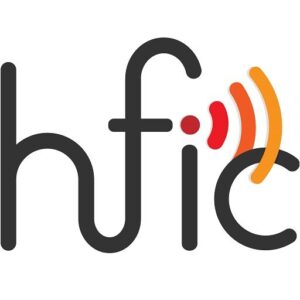Syllabus:
|
Syllabus:
- Introduction
- General Description of a Receiving and Transmitting System.
- Circuit Design
- Electrical Filters and Impedance Matching Networks. Low Noise Rf Amplifiers.
- Oscillators and Rf Power Sources. Mixers.
Syllabus:
Analysis and design of RF circuits and systems for communication, with an emphasis on CMOS monolithic implementation for which nonlinear response must be included. Transceiver architectures, analog and digital modulators, radio-frequency mixers, voltage-controlled oscillators and noise considerations, frequency synthesizers and other advanced components for telecommunication circuits.
The course incudes labs that are designed to strengthen concepts from class with actual examples. Project – can involve literature survey and design of a RF building block (PLL, mixer/PA, LNA/mixer, etc). Circuit designs will be simulated by computer tools as ADS and Virtuoso.
046187 – Analog Circuit Design ExpandSyllabus:
Circuit Design
- Mismatch-based Design.
- Broadband Amplifiers.
- The “feed Forward” Broadbanding Technique.
- Vlsi Standard Cells.
Feedback
- Topological Identification of Feedback Loop.
- Unified Analysis of Parallel and Series. Feedback Based On Duality
- Sensitivity Calculations.
- Improvement of Common Mode Rejection Ratio By Feedback.
- Root-locus Design For Monotonic Response in Presense of Delay.
- Advantages of “enhancing Feedback”.
The Translinear Design Technique By Gilbert
- Translinear Amplifier Design.
- Analog Multipliers.
- Realization of Vector Addition And Non-linear Functions.
The Current Mode
- The Current Feedback Amplifier.
- Sampled Data.
- Current Copiers and Current Integrators.
Noise
- Noise in Diodes.
- Transistors and Amplifiers.
- Low Noise Preamplifiers.
Topics
- Analog to Digital Converters and Digital to Analog Conversion. Structures and Design of High Speed Digital to Analog Converters (dacs) and Adc’s Nyquist Rate and Over Sampling Architectures (i.e. Sigma Delta Modulators) Flash.
- Sar.
- Pipe-line and Interleaved Adcs.
- The Design of Compartors Circuit Analysis Including Higher Order Silicon Intergration Effects (i.e. Noise, Offsets and Mismatches).
046189 – Analog Filters Design Expand
Syllabus:
- Network Functions For Passive and Active Filter Implementations
- First And Second Order Filtering Stages.
- Intro to Approximation Methods.
- Butterwroth and Chebychev Filters.
- Passive Filters.
- Op-amp Rc Filters.
- Inductor Simulations.
- Cmos Based Ic Filters – Gm-c.
- Current Mode Filters.
- Switch-cap Filters.
- Distributed Filters For High Frequency Operation.
Learning Outcomes
Upon Completing The Course, The Stuent Will Be Able To
- Understand The General Considerations In Analog Design As Well As in Filter Design Specifically.
- Analyze Pasive Networks (rc, Rlcc Rlc) and Implement Them From Impedance/admitance Functions.
- Analyze and Understand Basic Active Filters Topologies of 1-st and 2-nd Order (bilinear and Biquad) And Use Approximation Functions to Synthesize and Design Passive, Active And Distributed Filters.
- Design Cmos-based High-frequency Filters And Use a Cmos Planar Indutor For Passive Filters Design and Design And Implement Active Circuits For Efficient Filters Implementation.
- Analyze The Sensitivity Impact On Analog Filters Design Parameters.
Syllabus:
|
